Whipped Quilting Stitch
I'd like to share a technique that makes a solid line of quilting as opposed to the broken line of running stitches usually created by a row of quilting stitches. This method is called the "whipped running stitch" in embroidery. I use a tapestry needle/size 24. This needle has a large elongated eye and blunt point.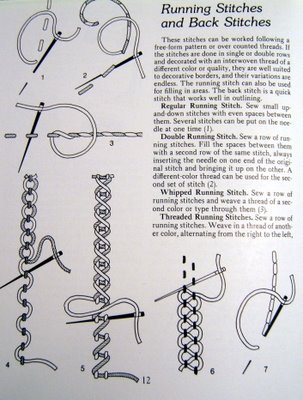 It seems I've been embroidering all my life ... beginning with tea towels when I was 8 years old. So when the square shapes that I had quilted with black thread on a black background didn't show up in my first quilted project I decided to make a visually stronger line by whipping a different type of silk thread around the quilting stitches.
It seems I've been embroidering all my life ... beginning with tea towels when I was 8 years old. So when the square shapes that I had quilted with black thread on a black background didn't show up in my first quilted project I decided to make a visually stronger line by whipping a different type of silk thread around the quilting stitches. A few years later I had the problem of my quilting pattern dissappearing on a newsprint fabric in the piece, "Market Mania". I wrapped my quilting stitches with the same thread I used to quilt the shapes to make it more visible.
A few years later I had the problem of my quilting pattern dissappearing on a newsprint fabric in the piece, "Market Mania". I wrapped my quilting stitches with the same thread I used to quilt the shapes to make it more visible. On this piece, "Beyond the Rainbow", I wanted to use shiny threads that were too fragile to quilt with ... they shredded after just a few stitches. I like the visual effect of fine solid lines glittering over this piece rather than the more subtle effect of a background quilting pattern.
On this piece, "Beyond the Rainbow", I wanted to use shiny threads that were too fragile to quilt with ... they shredded after just a few stitches. I like the visual effect of fine solid lines glittering over this piece rather than the more subtle effect of a background quilting pattern.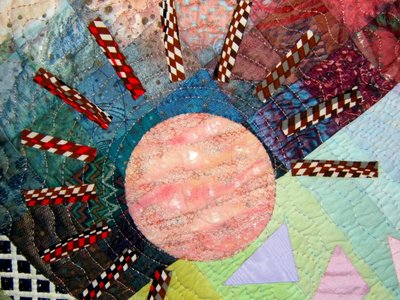 I've also used this whipped stitch technique to make quilted words stand out (sorry there's no photo and those quilts are long gone). Using heavier threads in strong colors raise up on the surface. Also, nice curves can be gotten with the "weaving" over irregular quilting. It sure beats embroidering through all those layers. Plus the back of the quilt isn't messed up with partial stitches and knots.
I've also used this whipped stitch technique to make quilted words stand out (sorry there's no photo and those quilts are long gone). Using heavier threads in strong colors raise up on the surface. Also, nice curves can be gotten with the "weaving" over irregular quilting. It sure beats embroidering through all those layers. Plus the back of the quilt isn't messed up with partial stitches and knots.




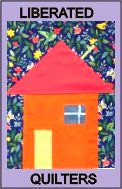 Fabric Bird Sculpture Pattern
Fabric Bird Sculpture Pattern




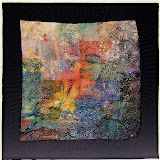
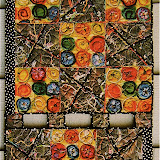
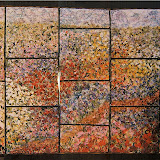
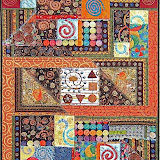
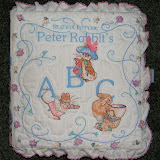
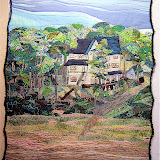
2 comments:
Thanks so much for sharing this technique with us! I learned it a few years back from Ilse Avik (sp?), and I used it a couple of times, but I'd forgotten it entirely! I think I have a perfect application for it coming up - how serendipitous!
Ah, now I understand completely. I was thinking of a contrasting thread wrapping around the stitch itself, not one linking the stitches together. Very cool. Thank you.
Post a Comment